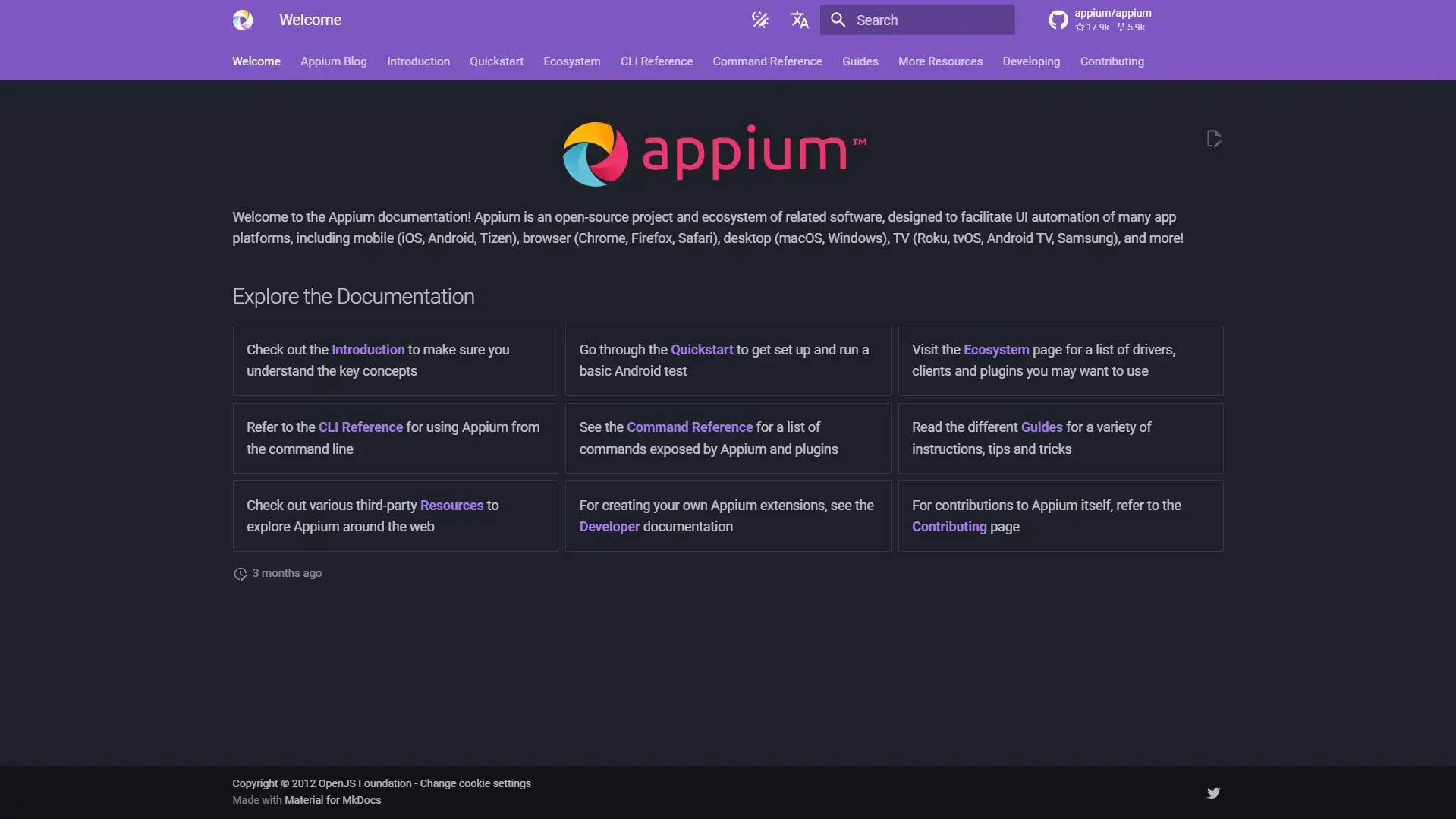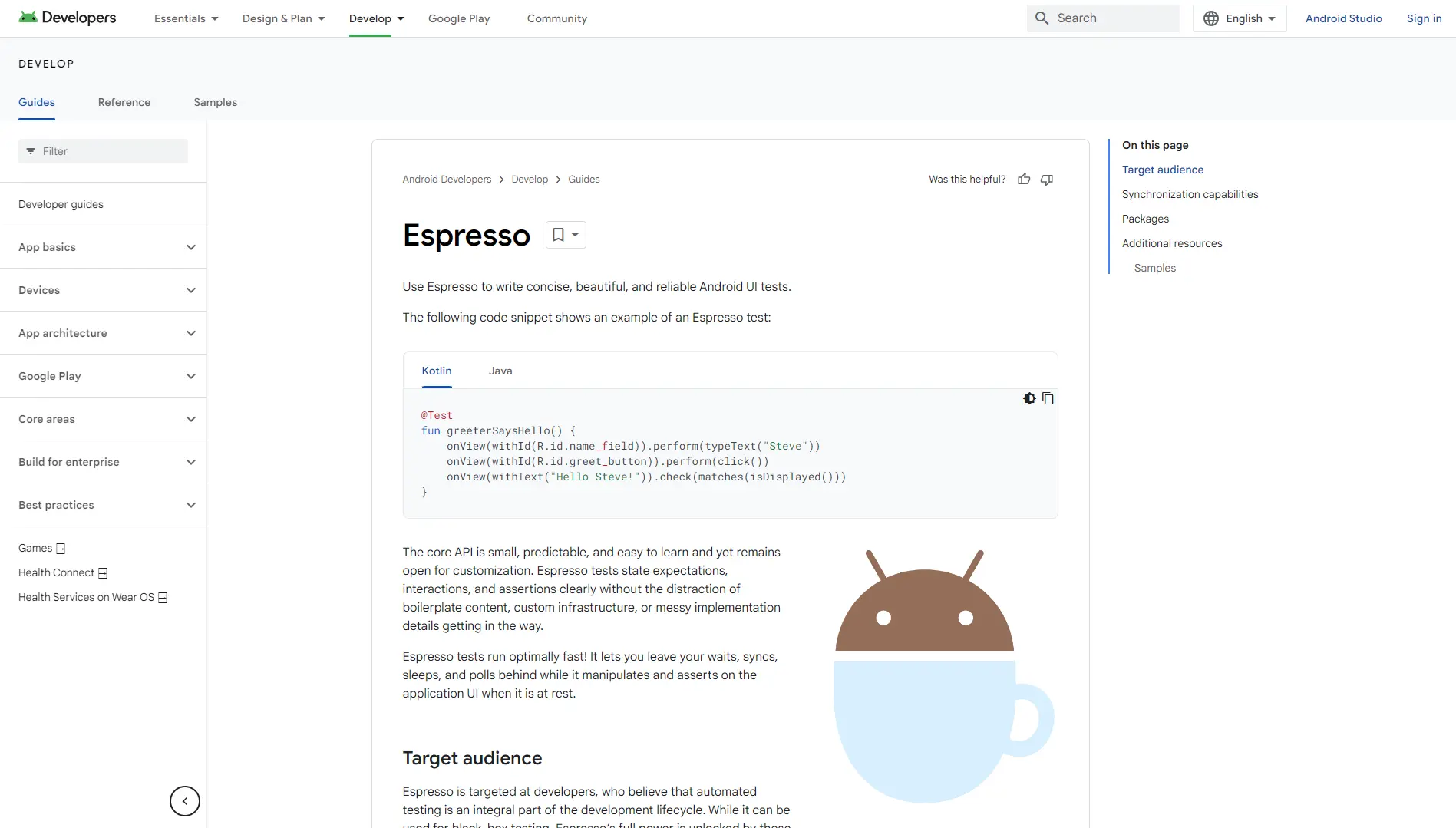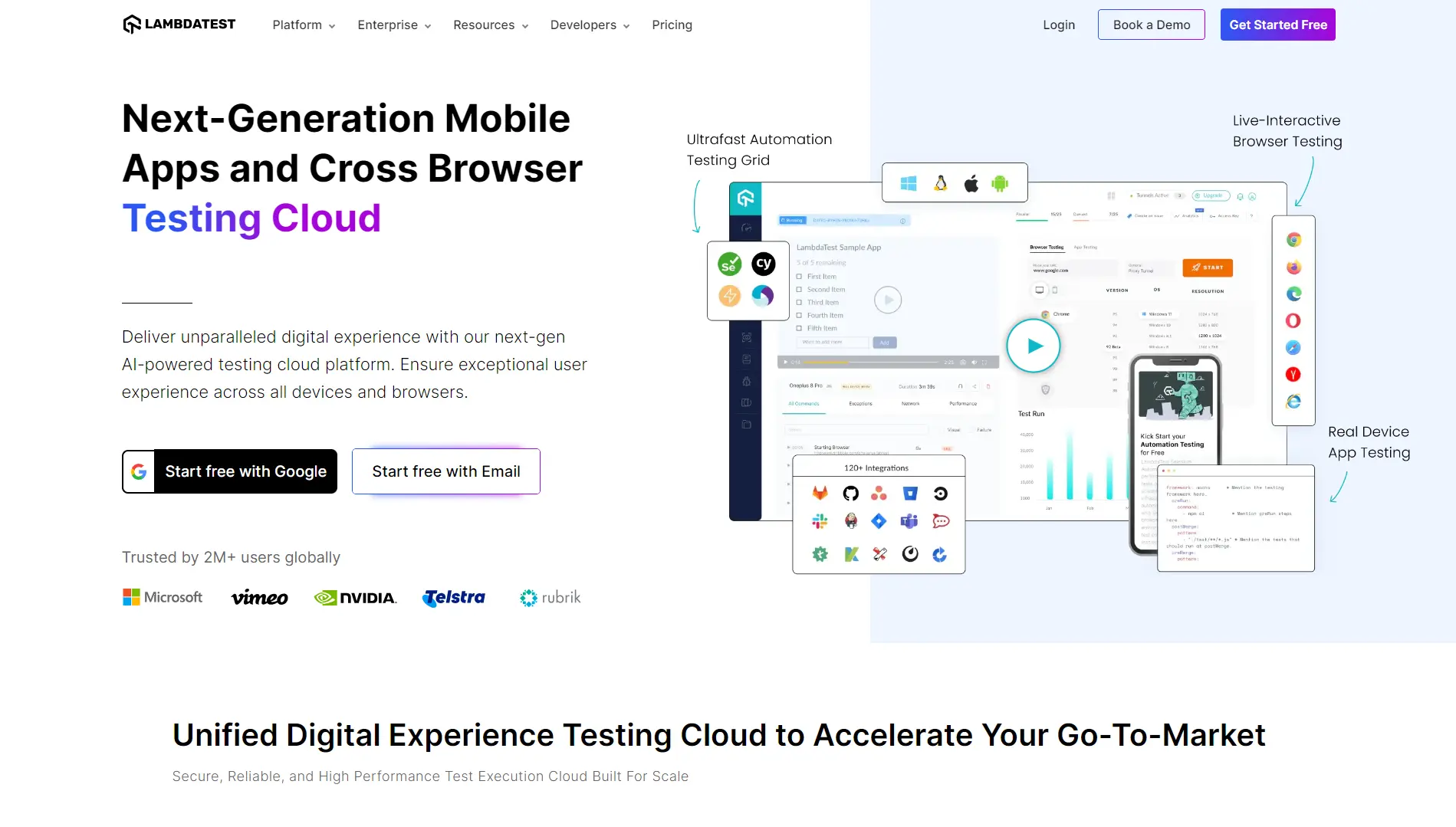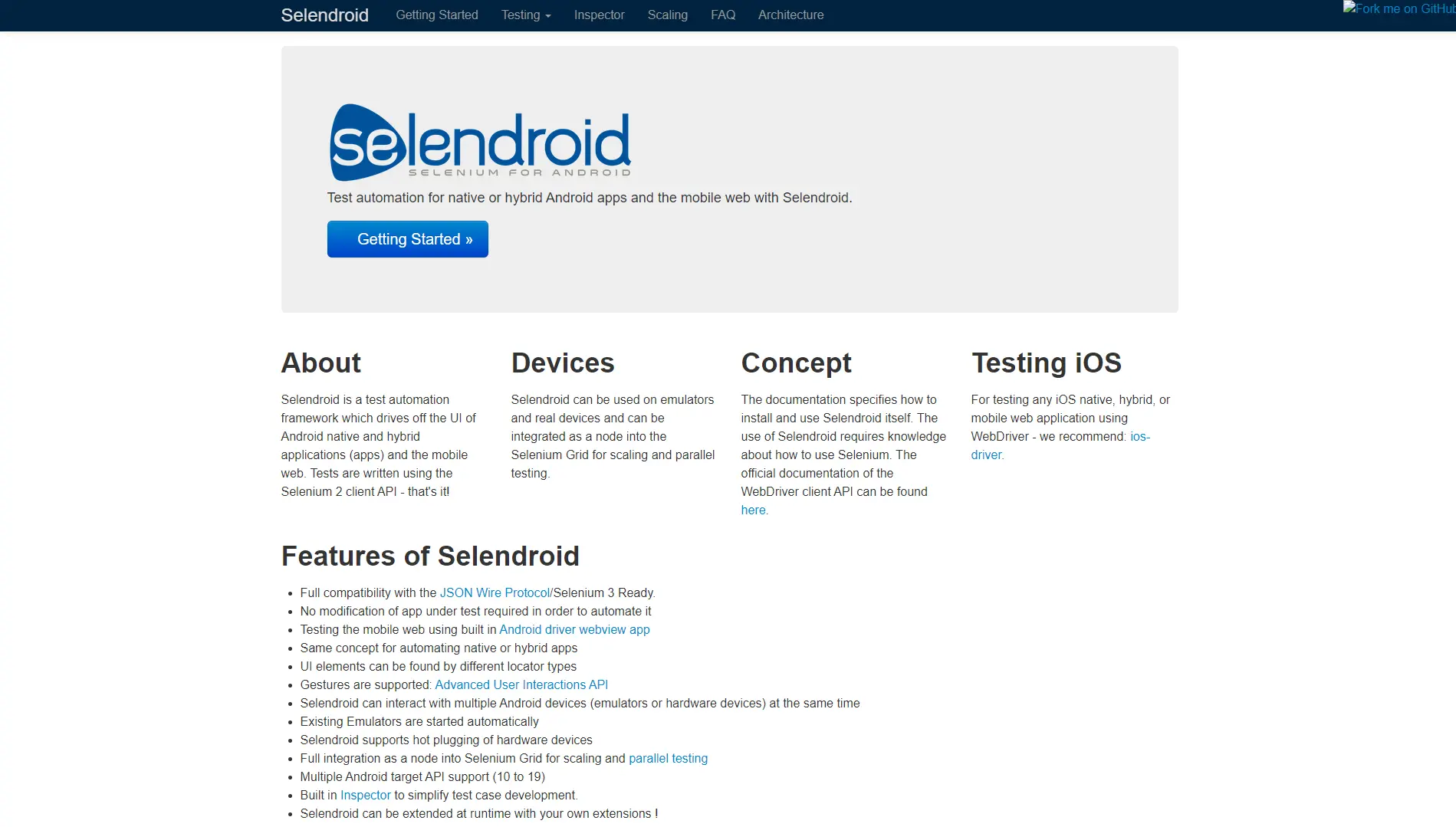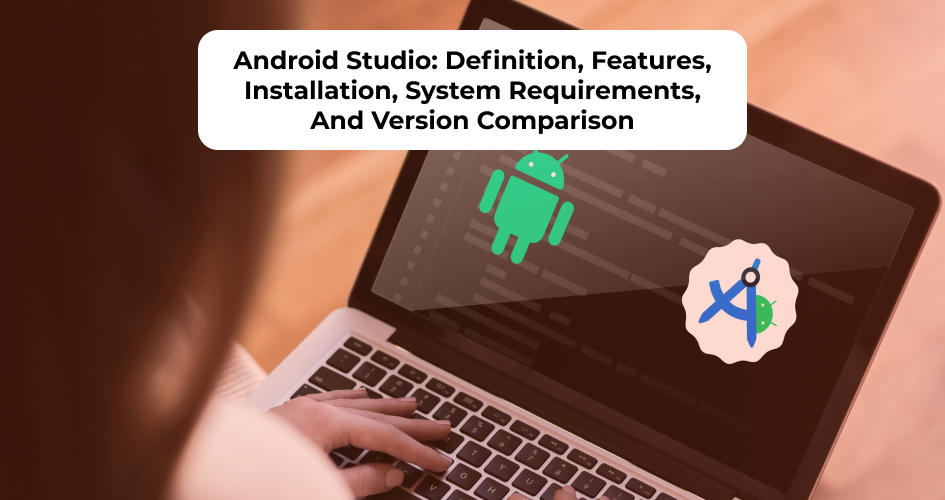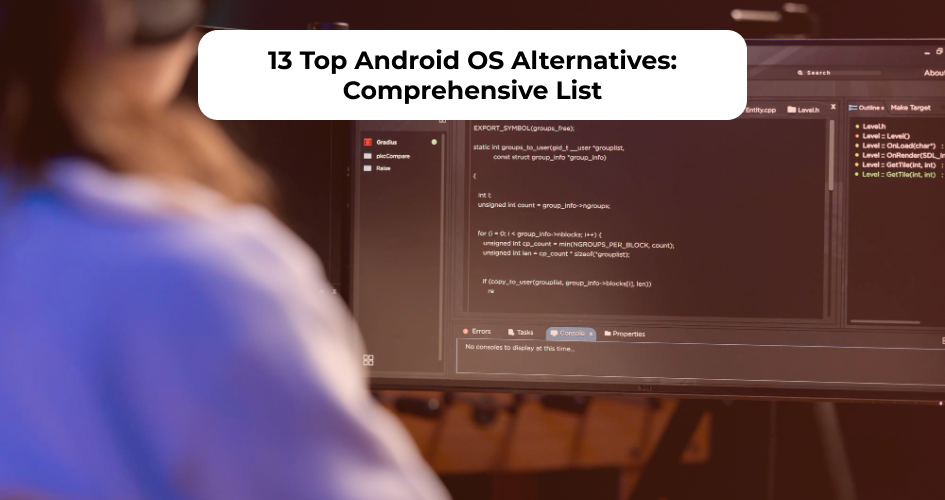Typically, building an Android app requires 1-6 months depending on the complexity.
However, there’s a way to speed up the timeline by using the right Android automation tool and framework.
Automation testing tools and frameworks offer a solution to make the testing process more efficient while ensure the application quality, and ultimately accelerate time-to-market.
In this article, we’ll delve into the top five Android automation testing tools and frameworks that are known for their effectiveness and functionalities to streamline the testing process.
This would be a perfect guide for developers looking to enhance your testing strategy or business owners working with an Android development agency and wanting to explore automation options to optimize your app development workflow.
What is Android Automation Testing?
Android automation testing is the process of automating the testing process of Android applications.
It allows developers to execute test scripts and verify the functionality, performance, and quality of their apps automatically.
In Android automation testing, Android developers use various tools and frameworks to make and execute test scripts that simulate user interactions with the app, such as tapping buttons, entering text, and navigating through screens.
These test scripts can cover different aspects of the app, including:
- UI testing. This helps ensure a smooth and intuitive user experience.
- Functional testing. It can verify the correct behavior of individual components and features.
- Performance testing. This testing process assesses the app’s responsiveness, stability, and resource usage under different conditions.
Why You Should Choose Android Automation Testing
Choosing Android automation testing offers several benefits for developers and organizations:
- Efficiency. Automation testing allows for the rapid execution of test cases, significantly reducing the time and effort compared to manual testing.
- Speed. With automation, developers can run the tests continuously and repeatedly, enabling faster feedback on code changes and speeding up the Android app development process.
- Accuracy. Automated tests execute predefined scripts with precision, removing the potential for human error associated with manual testing.
- Scalability. Automation testing scales effortlessly to accommodate large and complex test suites, making it ideal for testing Android apps with extensive functionality and numerous test cases.
- Reusability. Automated test scripts are reusable across different app versions, so you can use them for regression testing to ensure that new code changes don’t reproduce previously fixed bugs or regressions.
- Comprehensive coverage. Automation testing enables comprehensive test coverage for various aspects of the app, including UI interactions, functional behavior, and compatibility with different devices and OS versions.
- Continuous integration. Automation testing applies continuous integration and delivery (CI/CD) pipelines, so developers can identify and address issues early in the development cycle and streamline the release process.
Android App Automation Testing Tools & Frameworks
Here are some popular Android automation testing tools and frameworks, along with the pros and cons you can consider to choose the most suitable one for your Android project.
Appium
Appium is an open-source automation tool for running scripts and testing applications, created by Dan Cuellar in 2011 and initially named iOSAuto.
It supports multiple programming languages, including Java, JavaScript, Python, and Ruby.
Appium is also compatible with many platforms and app versions: native, mobile-web, and hybrid applications on Android or iOS.
This Android app automation testing tool also uses standard automation APIs and interacts with the app the same way a user would.
Furthermore, it’s relatively lightweight and doesn’t need significant disk space or RAM requirements.
The requirements for Appium server are only:
- A Windows, macOS, or Linux, operating system
- Node.js version in the SemVer range ^14.17.0 || ^16.13.0 || >=18.0.
- NPM version >= 8
However, the app hasn’t supported support video recording during the test execution.
Developers also need a good understanding of WebDriver and mobile app architecture first to set up and use Appium effectively.
Espresso
Developed by Google, Espresso is a testing framework for Android apps that provides a fluent API for writing UI tests.
Its core API is small, predictable, easy to learn, and open for customization.
Some of the key features of Espresso are:
- Synchronization. Espresso automatically handles synchronization with the app under test, ensuring that tests wait for the UI to stabilize before performing actions or assertions and helping remove flakiness in tests.
- UI interaction testing. This app focuses on UI interaction testing, allowing developers to simulate user interactions such as clicks, scrolls, text input, and assertions on UI elements.
- Integration with Android Studio. The Android automation testing framework seamlessly integrates with Android Studio, providing features such as test recording, debugging, and test execution directly from the IDE.
- ViewMatchers and ViewActions. Espresso offers a rich set of ViewMatchers for locating UI elements and ViewActions for performing interactions, making it easy for developers to write expressive and readable test code.
To use Espresso, set up the development environment first.
The prerequisites include:
- The Android SDK installed on your computer
- Android Studio 2.0 or higher
- A device or emulator running Android 4.1 (Jelly Bean) or higher
Sadly, as this app is designed for UI testing, it may not be the greatest option for other testing types.
Developers may have to use other frameworks for a complete testing coverage.
It’s also available for Android apps only.
Therefore, you won’t be able to write tests for other platforms like iOS, web, or hybrid applications.
If you plan to branch off to cross-platform testing, we think you need to consider another framework.
LambdaTest
LambdaTest is a cloud-based cross-browser testing platform that lets developers perform automated and manual testing of a wide range of operating systems, browsers, and devices.
It also supports Selenium, Cypress, TestCafe, Puppeteer and Playwright for automated cross browser testing.
This Android automation testing tool has an AI-powered test orchestration and execution feature that enables you to test over 3000 real devices and OS combinations.
Another LambdaTest capability you may like is its visual testing.
This feature allows users to compare screenshots of their web pages across different browsers and view visual differences, helping identify layout inconsistencies and UI discrepancies.
Moreover, multiple team members can access and collaborate on test sessions, share test results, and communicate in real-time, facilitating teamwork and knowledge sharing.
To get started, you need to get the LambdaTest secret key and the Git token, along with these requirements:
- Windows, Linux, or macOS with minimum 4 GB RAM
- A web browser, preferably Chrome (min version 60), Edge (minimum version 95), Firefox (min version 70), Safari (min version 9), and Opera (minimum version 60).
The downside of this app is that many users complain about the lagging, making them confused about whether the lack of responsiveness stems from the tested page or originates from the app itself.
Robotium
Robotium is a popular open-source testing framework for automating UI tests on Android applications, known for its ease of use and simplicity.
It provides a straightforward and easy-to-use API for writing UI tests, making it accessible to both novice and experienced developers.
But don’t worry, Robotium also supports complex testing scenarios that involve interactions between multiple apps installed on the device.
Robotium is also perfect for cross-platform setting, as it supports a wide range of Android devices and OS versions that can ensure compatibility with various device configurations and screen sizes.
Moreover, it seamlessly integrates with Android Studio and other IDEs, enabling developers to write and execute tests within their preferred development environment.
Another good news is that this Android testing tool only requires Android SDK as the system requirement, making it accessible to many people.
However, please note that Robotium mainly uses Java for scripting which limits language flexibility.
It’s also focused on Android more, so, given its narrower scope, this tool’s documentation may not be extensive.
Selendroid
Selendroid is an open-source test automation framework for Android apps.
It provides a Selenium WebDriver-compatible API and allows testers to write automated tests for Android apps using the WebDriver protocol.
Since Selendroid offers a WebDriver-compatible API, you can use their existing Selenium test scripts for web applications and extend them to automate testing for Android apps, without the need to modify the app.
It also supports both native and hybrid Android apps, allowing testers to automate UI interactions and verify functionality across different app types.
In terms of integration, this framework can be easily integrated with popular CI tools like Jenkins, so testers can automate the test script execution as part of the build process.
To start, make sure you follow the requirements:
- Available on Mac, Linux and Windows.
- Java SDK (minimum 1.6) and JAVA_HOME configured.
- Latest Android SDK that must be installed and ANDROID_HOME set.
- You need to have at least one Android virtual device or an Android hardware device plugged in to the computer.
With its advantages, you need to be aware that Selendroid has a smaller community of users and contributors compared to other test automation frameworks like Appium.
This smaller userbase may result in fewer resources and support available online.
It’s also ideal for Android-only projects and mainly relies on Java for test automation, limiting options for testers who want to build another OS project or prefer other web development languages.
Which Is the Best Android Automation Testing Tool for You?
With all those options available, you may wonder how to choose the best Android automation tool for your project.
You can consider the following factors before deciding to commit to one tool:
Project Requirements
Assess the specific requirements of your project, such as:
- The type of app (native, hybrid, web).
- Testing objectives (UI testing, functional testing, performance testing).
- Compatibility with your existing development stack.
Not all tools are available for all apps, so make sure your chosen framework accommodates the type of app or operating system you want to build.
For example, don’t opt for Espresso to build cross-platform apps, as this framework is only available for Android.
Also, knowing your testing objectives will help you filter the testing capabilities of each tool.
Some tools may support only certain types of tests.
For example, if your main objective is to conduct performance or functional testing, you may need a tool that supports Selenium like LambdaTest.
Programming Language and Integration
Consider the programming language and framework used by your development team.
Choose a tool that supports the programming languages and frameworks familiar to your team to enable seamless test creation and collaboration.
It’s also important to assess how well each tool integrates with your existing development and testing tools, such as:
- IDEs
- Version control systems
- Bug tracking systems
- CI/CD pipelines
Seamless integration can streamline your development workflow and enhance productivity.
Cost and Licensing
Determine the cost implications of each tool, including licensing fees, subscription plans, and additional expenses for features or support services.
Consider your budget constraints and weigh the costs against the benefits and features offered by each tool.
For lower-end users or small teams with limited budgets, you can choose open-source tools because you can use the tool’s core functionalities without buying licensing fees.
Community Support and Documentation
Look for tools with active communities, extensive documentation, and robust support resources.
Community support can be invaluable for troubleshooting issues, learning best practices, and staying updated with the latest developments.
To know whether the tool has good community support and documentation, explore the tool’s official website and social media channels.
You can also check if it has an active presence on platforms like GitHub, Stack Overflow, or Reddit, where developers often discuss and seek assistance for technical issues.
Conclusion
Selecting the right Android automation testing tool and framework is crucial for streamlining the testing process and eventually accelerating your development timeline.
Each of the top five tools and frameworks discussed in this article offers unique features, benefits, and capabilities to meet various testing requirements and preferences.
Therefore, ensure you have a list of requirements and budget details before exploring and deciding on the best one.
This will help you filter the options during the research process.
At our Android app development agency, we understand the importance of choosing the right tools to streamline your testing process and enhance the quality of your applications.
Partner with us to make use of the power of automation testing and unlock the full potential of your Android app!

